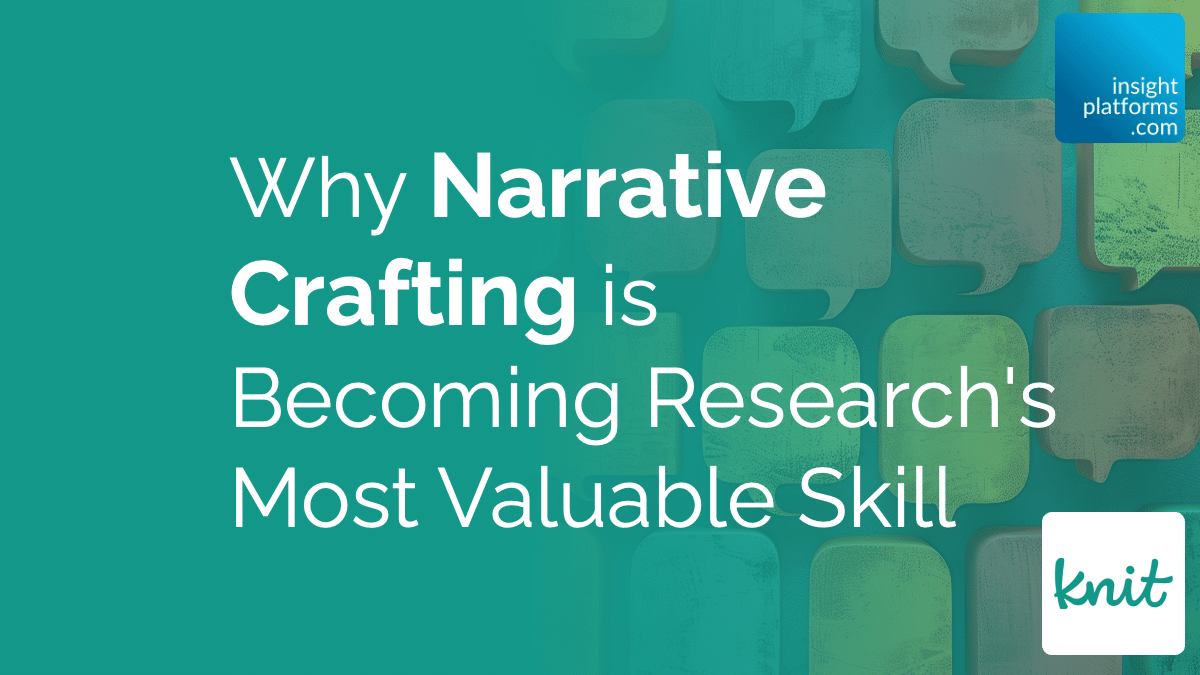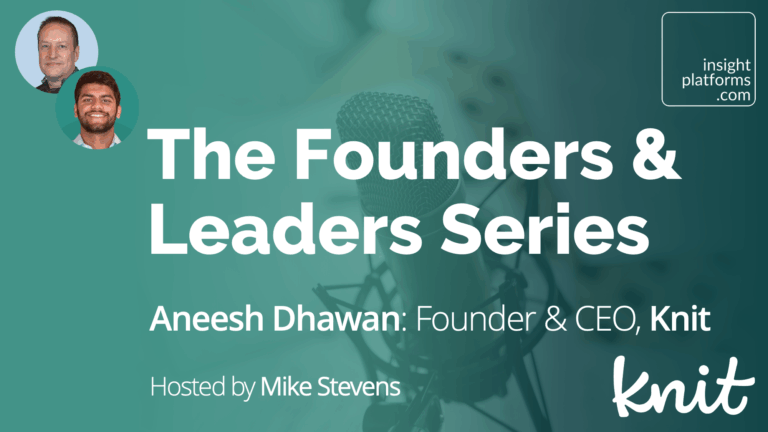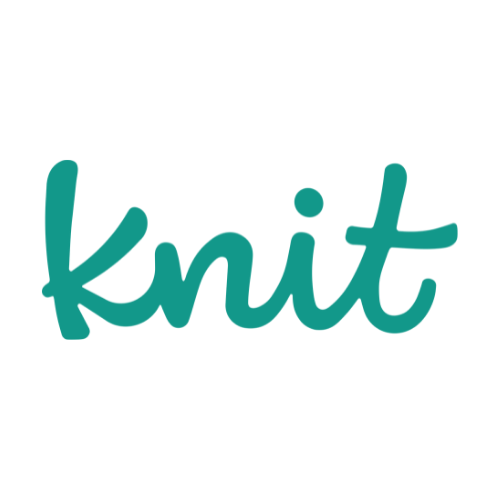
Why Narrative Crafting is Becoming Research’s Most Valuable Skill
By Knit
- article
- AI
- Freelancer Researchers
- Automated Survey Research
- Automated Reporting
- Reporting
- Insight Transformation
Market research is in the midst of a profound shift. For decades, researchers were prized for their ability to design studies, collect data, and extract statistical insights. But, as artificial intelligence takes on more of the analytical heavy lifting, the qualities that set research professionals apart are changing. The next frontier isn’t in crunching numbers, it’s storytelling.
This evolution isn’t simply about presenting data more attractively. In a world where decision-makers are flooded with dashboards and automated summaries, the researcher who can craft a clear, context-rich narrative becomes indispensable. Storytelling turns raw insights into direction, ensuring research is not just seen but acted upon.
This article covers part of the The Founders & Leaders Series podcast episode 1. Listen to the full episode here:
Episode 1: Aneesh Dhawan, Founder & CEO, Knit
The Analytical Automation Revolution
AI has radically accelerated what’s possible in data analysis. Tasks that once consumed days, such as summarising survey results, generating charts, and synthesising themes, can now be done in minutes.
What was once the guarded domain of research specialists is rapidly being democratised. Advanced analytical capabilities are becoming accessible to anyone with the right tools, erasing the technical barriers that long defined the field.
Yet this newfound accessibility creates a paradox: when everyone can produce analysis quickly, the analysis itself risks becoming a commodity. The real differentiator now lies in how insights are interpreted, framed, and turned into action.
Why Narrative Matters More than Ever
As AI-generated dashboards proliferate across organisations, a surprising problem emerges: the gap between data and decisions often widens rather than narrows. This occurs because insight without narrative is increasingly meaningless in a world overflowing with data and noise.
Decision-makers are drowning in information and in need of clarity, context, and direction. They need someone to translate raw findings into a coherent story that answers: What does this mean? Why does it matter? What should we do about it?
At Knit, we’ve observed this pattern across organisations of all sizes. While our AI tools can rapidly generate analytical output, we’ve found that the researchers who drive the most organisational impact are those who excel at wrapping those findings in narrative frameworks that make the insights accessible and actionable for decision-makers.
From Analyst to Translator
This reality is transforming the research role from data analyst to insight translator. Increasingly, the most valued researchers are those who:
- Spot patterns others might overlook.
- Frame findings within the business context.
- Craft narratives that stick with stakeholders.
- Adapt stories for different stakeholder needs.
- Inspire decisions and action via persuasive storytelling.
It’s a challenging shift but also a liberating one, as AI takes over repetitive analytical tasks, freeing researchers to focus on other aspects.
The Elements of Effective Research Storytelling
Strong research narratives share a few core traits:
- Business context integration: impactful stories connect to business challenges, opportunities, and goals. They don’t simply answer “What did we learn?”, but also “Why does this matter to our specific situation?”.
- Selective focus: effective narratives prioritise the most consequential findings and deliberately omit details that don’t advance the core story.
- Human-centred framing: the most compelling stories centre on people, not on data, creating emotional resonance.
- Clear implications: great narratives point to actions or decisions, not just observations.
- Appropriate visualisation: strong storytelling uses visual elements to advance the narrative, not only to display data.
At Knit, our Researcher-Driven AI framework reflects this approach: AI handles data processing while researchers shape the narratives that bring insight to life.
Building Narrative Skills
Storytelling is a craft, and like any craft, it can be sharpened through practice:
- Study narrative structures: borrow frameworks like problem-solution or hero’s journey to frame research stories.
- Tailor to the audience: adjust your framing according to the different stakeholders.
- Embrace iteration: great storytelling rarely emerges in first drafts. Refine the narrative until you find the most compelling approach.
- Collect models and examples: learn from compelling stories inside and outside your organisation, and see how their techniques could be adapted to your storytelling.
- Seek feedback: test your narrative with colleagues to see what lands and what confuses.
The most successful research teams today are deliberately creating space for narrative development rather than treating it as an afterthought. At Knit, we’ve invested in building tools that help researchers move from survey to story faster, enabling them to spend less time organising insights and more time fine-tuning their narratives.
The Transformative Impact of Storytelling
When researchers embrace storytelling, their impact fundamentally changes.
This transformation manifests in several ways:
- Insights travel further across the organisation, reaching decision-makers who might have previously tuned out data-heavy reports.
- Adoption increases as stakeholders trust and act on research that’s clear and actionable.
- Career paths broaden, as storytellers are pulled into strategic conversations beyond traditional research functions.
- Research investment grows because leadership can clearly see the link between insights and business outcomes.
Final Thoughts
As automation continues to reshape research, our greatest value lies not in the speed of our analysis but in the meaning we give to it. Dashboards and automated summaries will only take organisations so far. What truly drives decisions is a story that connects the data to people, context, and consequences – compelling storytelling.
Researchers who can translate findings into narratives that resonate with stakeholders will remain indispensable. This isn’t about replacing technical rigour, it’s about elevating it, turning analysis into something memorable and actionable. In a world where anyone can run the numbers, the researchers who can make those numbers speak will be the ones who shape the future of insights.
This article covers parts of the The Founders & Leaders Series podcast episode 1. Listen to the full episode here:



